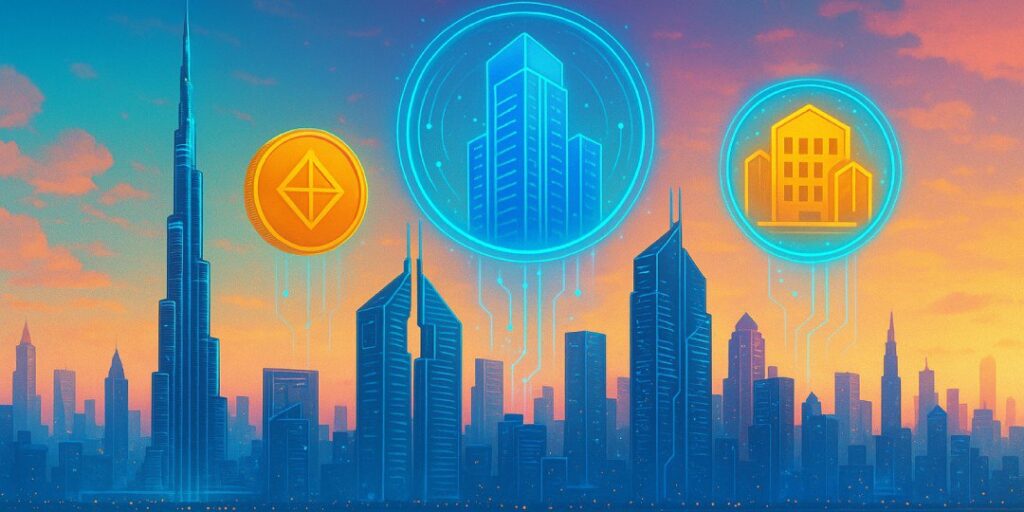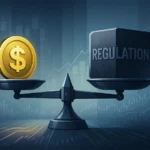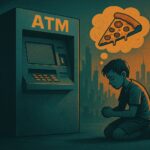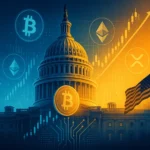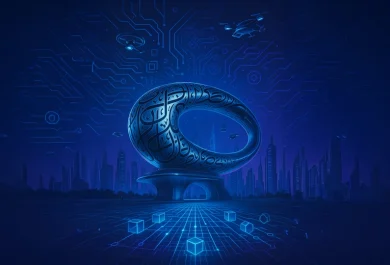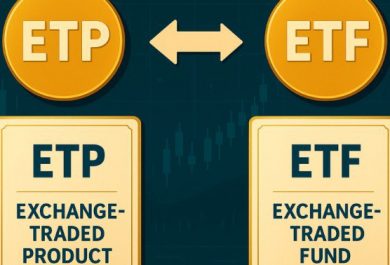Dubai has been at the forefront of everything. From having the tallest buildings to the biggest airports, shopping malls, Dubai is the land where you find the superlatives of all objects. And it is known for embracing technology, and not just embracing it, but for being the pioneers to adopt the latest.
The Dubai government plans to tokenize property deeds on the blockchain, as the first government-backed Real World Asset. The pilot project was implemented in collaboration with Ctrl Alt Solutions and Dubai Land Department under the purview of the Virtual Assets Regulatory Authority (VARA) and the Central Bank of the UAE. Once the project is successful, the investors will be able to purchase fractions of Dubai’s property starting from 2000 AED.
RWA market growth
“From stablecoins, the RWA sector has grown into a vast ecosystem of tokenized assets such as securities, real estate, carbon credits, and fine art,” reads the Real World Assets Report 2024.
Not only has the RWA branched out into tokenizing a variety of physical assets, but the market has been growing at a dramatic rate. According to the RWA analytical platform RWA.xyz, the global market has increased by 6.70% within the last 30 days and reached $24.55 billion, while the total number of asset holders has increased by nearly 94% during the last month.
What is Real World Assets (RWA)?
A real-world asset or RWA is any valuable physical asset that is represented by a token on a blockchain network. The assets may include gold, U.S Treasury bonds, real estate, etc. However, RWAs are not just limited to tokenizing physical assets; some companies are taking tokenization to a whole new level. In the following stanzas, we will be looking at the assets that are being tokenized in today’s context.
Types of Real-World Assets
Private credit
Traditional Finance (TradFi) and Decentralised Finance (DeFi) were two different entities in the markets with distinct differences. However, private credit is emerging as a key bridge between DeFi and TradFi. Fund managers and lending firms, historically active in issuing private loans in TradFi, are now turning to blockchain technology to tokenize debt instruments and are integrating into DeFi protocols.
A prime example is the May 2025 pilot project launched by Securitize, a leading tokenization platform, in partnership with DeFi risk management firm Gauntlet. Together, the duo brought Apollo’s private credit fund on-chain through an initiative called “Levered RWA Strategy.”
Initially launched on Polygon, the project aims to expand to Ethereum and beyond, signaling a major step toward making institutional-grade credit accessible and composable within the DeFi ecosystem.
Commodities
Tokenizing commodities involves representing assets and precious metals like Gold, Silver, Oil and energy sources, and industrial metals like Copper on the blockchain. Each token in the chain is equated to a certain quantity, and usually, the token is 1:1 with real-world reserves, which are held in custody or in escrow. The most popular is PAX Gold (PAXG), where each token is backed by one fine troy ounce of gold stored in a London vault. Other examples include Tether Gold (XAUT) and emerging projects tokenizing everything from lithium to carbon credits.
Bonds & T-Bills
Treasury bonds or Treasury bills are debt securities that are offered by the U.S government to raise money. When a person buys these bonds, it is equivalent to that individual lending money to the government, and he/she get interest on a timely basis until the bond matures. After these debt securities have been wrapped and represented on the blockchain network, investors can buy fractions or transfer these, or use these in DeFi as yield-bearing assets or collateral.
Invoices / Receivables
Invoices and receivables represent the money that the company is owed for the products or services it has already sold. Traditionally, companies sold these receivables to a third party called ‘factor’ at a discounted rate to enhance liquidity. But with blockchain technology, once an invoice is verified and uploaded, investors will be able to buy the token represented by the invoices, and they will hold the right to repayment and interest.
Where is the future of RWAs heading?
The future for RWA tokenization looks very promising. RedStone, risk-modeling firm Gauntlet, and analytics provider RWA.xyz projected that the on-chain market for RWA tokenization might reach as high as $30 trillion by 2034.
It’s not merely statistics and numbers that are involved in this projection. Researchers calculated that the RWA market grew from roughly $5 billion in 2022 to more than $24 billion by June 2025, an 85% year-over-year increase that positions the sector as crypto’s fastest-growing vertical after dollar-pegged tokens. As confidence in investors grows in RWA, there will be more assets registered on the blockchain. It will be interesting to see how the blockchain will be spread across the industries and what kind of real-world assets would be tokenized.


